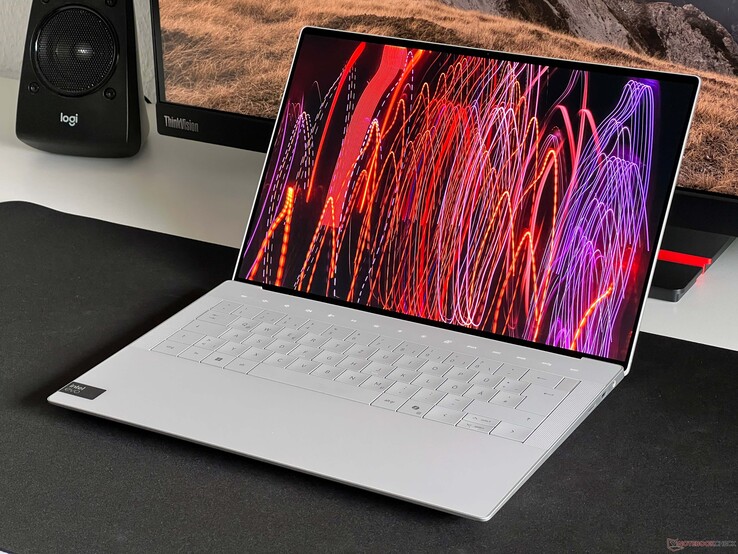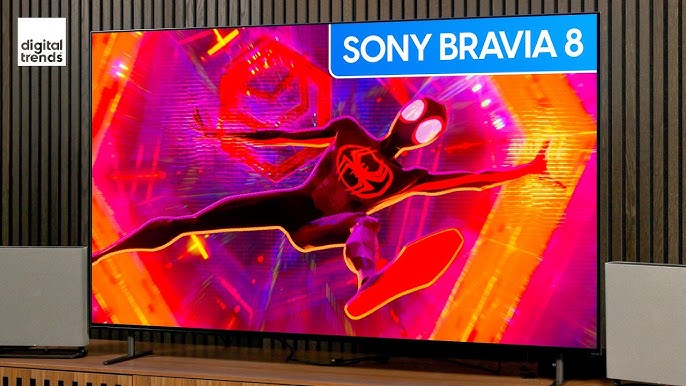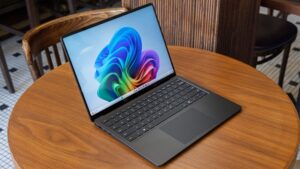For over a decade, the Dell XPS line has stood as a pillar in the premium Windows laptop market, consistently setting the benchmark for what an ultrabook can and should be. Often hailed as the “MacBook Pro for the Windows world,” the XPS series has built its reputation on a foundation of sleek industrial design, breathtaking displays, and uncompromising performance. It’s the go-to choice for a diverse range of users, from creative professionals and software developers to business executives and students who demand the best.
But in an increasingly competitive landscape, does the latest iteration of the Dell XPS still hold the crown? This comprehensive review dives deep into every facet of the modern XPS experience, focusing primarily on the popular XPS 15 model while drawing comparisons to its siblings, the ultra-portable XPS 13 and the powerhouse XPS 17. We’ll dissect its iconic design, push its performance to the limits, scrutinize its sensory experience, and ultimately determine if it delivers on its promise of being the ultimate productivity and creative tool. Whether you’re considering an upgrade or buying your first premium laptop, this in-depth analysis will provide the clarity you need.
Design and Build Quality: A Masterclass in Precision Engineering
From the moment you unbox a Dell XPS, its premium pedigree is undeniable. Dell has refined this design language over many years, and it remains a stunning example of minimalist and functional aesthetics. The chassis is a testament to precision manufacturing, a perfect fusion of cutting-edge materials and thoughtful engineering.
CNC Machined Aluminum and Carbon Fiber
The exterior of the XPS is crafted from a single block of CNC machined aluminum, giving it incredible rigidity and a cool, metallic feel. This unibody construction eliminates creaks and flex, providing a sense of durability that plastic-bodied competitors simply cannot match. The platinum silver finish with diamond-cut sidewalls adds a touch of sophistication that looks at home in any boardroom or coffee shop.
Opening the lid reveals the signature XPS interior: a palm rest made of black carbon fiber composite. This material, inspired by the aerospace industry, serves two key purposes. Functionally, it’s incredibly strong yet lightweight, and it remains cool to the touch, providing a much more comfortable typing experience than a cold aluminum surface. Aesthetically, the woven texture provides a beautiful contrast to the metallic exterior, creating a look that is both professional and distinct.
The Iconic InfinityEdge Display
Perhaps the most defining feature of the XPS line is its InfinityEdge display. Dell was a pioneer in minimizing screen bezels, and they continue to lead the pack. The four-sided narrow bezels create a stunning 92.9% screen-to-body ratio on the XPS 15. This design not only looks incredibly modern and immersive but also allows Dell to fit a 15.6-inch screen into a chassis closer in size to a traditional 14-inch laptop, significantly enhancing its portability.
Ports and Connectivity
In its pursuit of a sleek profile, Dell has embraced the future of connectivity, which can be a double-edged sword for some users. The XPS 15 features:
- Two Thunderbolt 4 (USB-C) ports with Power Delivery and DisplayPort
- One USB 3.2 Gen 2 Type-C port with Power Delivery and DisplayPort
- A full-size SD card reader v6.0
- A 3.5mm headphone/microphone combo jack
The inclusion of a full-size SD card reader is a massive win for photographers and videographers, setting it apart from many competitors, including the MacBook Pro. However, the complete absence of legacy ports like USB-A and HDMI means that for many users, a dongle or a USB-C hub will be an essential accessory. Dell does include a basic USB-C to USB-A/HDMI adapter in the box, which is a thoughtful touch.
Performance: The Powerhouse Within
While the XPS is known for its looks, its true value lies in the immense power packed into its slim frame. Dell offers a wide range of configurations, allowing users to tailor the machine to their specific needs, from everyday productivity to demanding creative workloads like 4K video editing and 3D rendering.
Processor and Graphics Configurations
The latest XPS models are equipped with Intel’s most powerful H-series processors, typically ranging from a Core i5 for entry-level configurations up to a beastly Core i9 for maximum performance. For graphics, users can choose between integrated Intel Iris Xe graphics for lighter tasks or a discrete NVIDIA GeForce RTX 40-series GPU (such as the RTX 4050, 4060, or 4070 Laptop GPU). This combination makes the XPS 15 a formidable tool for both CPU and GPU-intensive applications.
- For the Everyday User/Student: A Core i7 with integrated graphics or an RTX 4050 is more than enough for browsing, office applications, streaming, and light photo editing.
- For the Software Developer: A Core i7 or i9 with 32GB of RAM is ideal for running virtual machines, containers (Docker), and compiling large codebases. The powerful CPU will significantly reduce build times.
- For the Creative Professional: A Core i9, 32GB or 64GB of RAM, and an RTX 4060 or 4070 is the recommended setup for smooth 4K/6K video editing in Adobe Premiere Pro, complex visual effects in After Effects, and fast rendering in applications like Blender.
Thermals and Sustained Performance
Managing heat is the single greatest challenge in a thin-and-light performance laptop. Dell employs a robust cooling system with dual fans, heat pipes, and hidden exhaust venting through the hinge. Higher-end configurations also feature a large vapor chamber for more efficient heat dissipation. Under heavy, sustained loads—like exporting a long video or running a benchmark loop—the XPS will experience some thermal throttling to protect its components. This is normal for this class of device. However, its performance remains well above that of typical ultrabooks, striking a commendable balance between power and portability. Fan noise is minimal during light tasks but can become quite audible when the system is pushed hard.
The Sensory Experience: A Feast for the Eyes and Ears
A premium laptop is about more than just specs; it’s about the daily experience of using it. This is where the XPS truly shines, with a display, keyboard, and audio system that are all top-tier.
Display Options: FHD+ vs. 3.5K OLED
Dell offers two spectacular 16:10 display options on the XPS 15, and the choice between them is critical.
- FHD+ (1920×1200) IPS: This is the base option, but it’s far from basic. It boasts 500 nits of brightness, a 100% sRGB color gamut, and an anti-glare finish. It’s a fantastic, sharp screen for writing, coding, and general productivity, and its main advantage is significantly better battery life.
- 3.5K (3456×2160) OLED Touch: This is the showstopper. The OLED panel delivers perfect black levels, an infinite contrast ratio, and incredibly vibrant, punchy colors, covering 100% of the DCI-P3 color space. At 400 nits, it’s slightly dimmer than the IPS panel but features an anti-reflective coating that helps with glare. For any visual work—photo editing, graphic design, video grading, or simply watching HDR content—this display is absolutely breathtaking. The trade-off is a noticeable reduction in battery life.
Keyboard and Trackpad
The XPS keyboard offers a satisfying typing experience with 1.3mm of key travel. The keys are large, stable, and well-spaced, with a soft-touch finish that feels pleasant under the fingertips. The two-level white backlighting is even and clear. Below it sits a massive, glass-surfaced trackpad powered by Windows Precision drivers. It’s incredibly smooth and responsive, making gestures and navigation an absolute joy. It is, without a doubt, one of the best trackpads available on any Windows laptop.
Audio Quality
Dell didn’t skimp on the audio. The XPS 15 features a quad-speaker setup, with two top-firing tweeters flanking the keyboard and two bottom-firing woofers. Tuned with Waves Nx® 3D Audio, the soundscape is surprisingly immersive and full-bodied for a laptop. There’s a decent amount of bass, and the highs are clear without being tinny. While they won’t replace a good pair of headphones, the speakers are excellent for watching movies, listening to music, and taking video calls.















